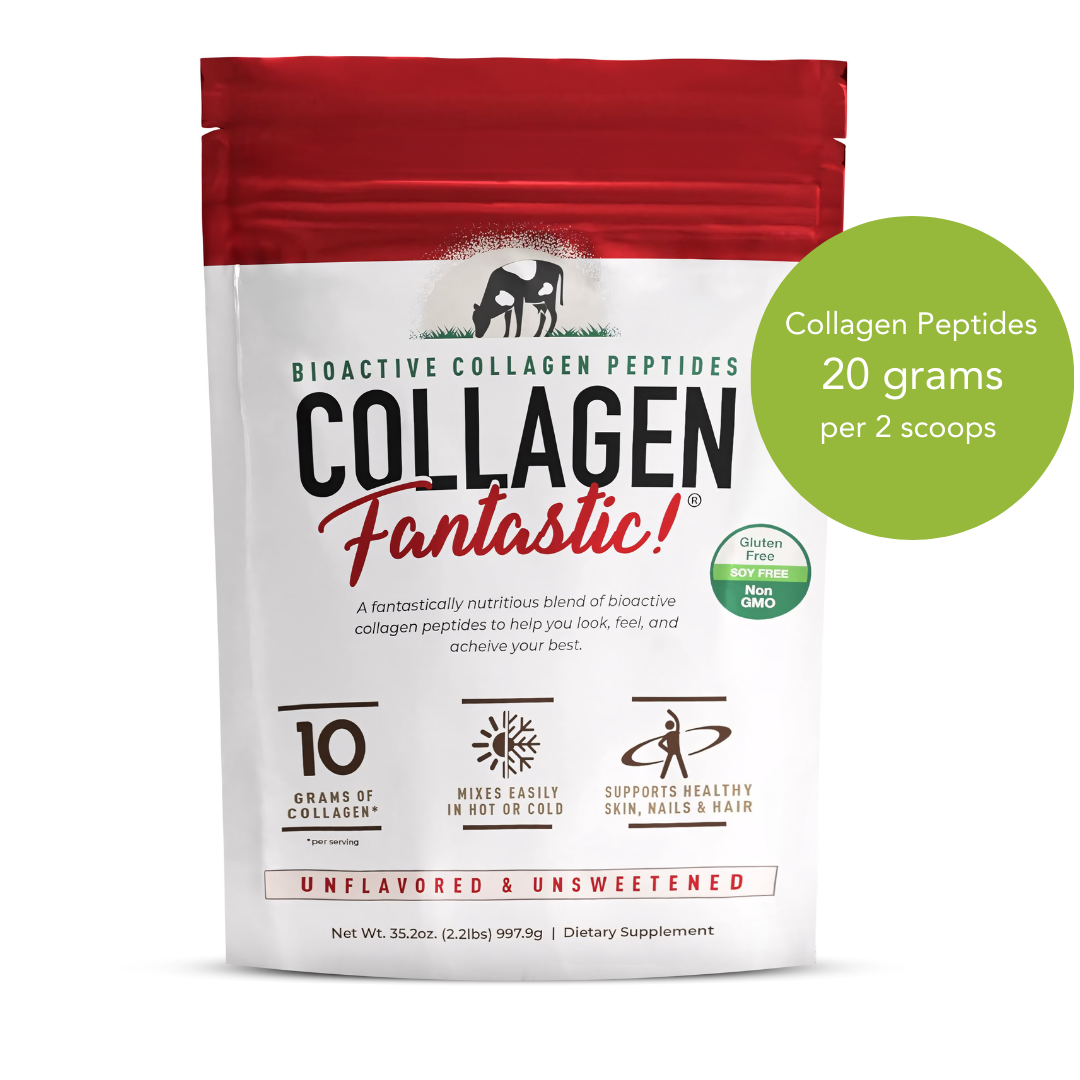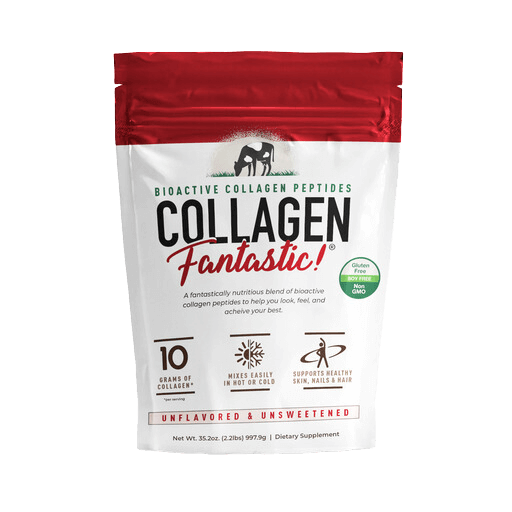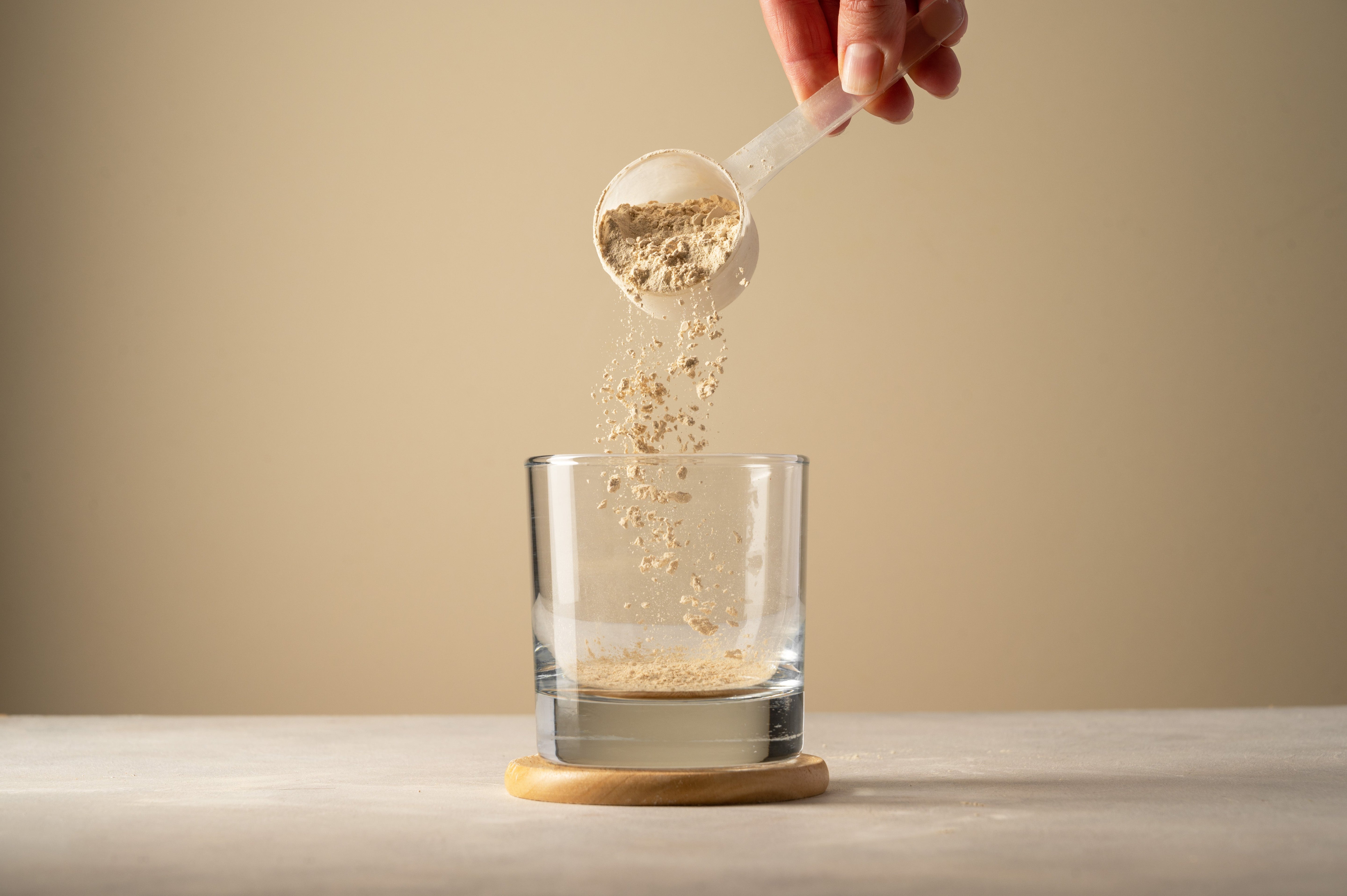What Are Unflavored Supplements and How Do They Differ?
Supplements come in a rainbow of flavors—birthday-cake protein, tropical fruit pre-workouts, chocolate collagen. Fun, yes—but when you’re looking for clean, effective nutrition, it’s worth asking: are unflavored supplements better?
When a product says “unflavored,” it typically means there are no added flavoring agents, sweeteners, or colors—natural or artificial. You get the core active ingredients—whey isolate, collagen peptides, creatine monohydrate, or a vitamin/mineral complex—without extra taste-masking ingredients.
What sets unflavored supplements apart:
-
Ingredient simplicity: Only active compounds and minimal carriers (like sunflower lecithin) appear on the label. No sucralose, stevia, or artificial colors.
-
Label transparency: Fewer additives make it easier to verify dosages and identify what your body responds to.
-
Taste and texture trade-offs: Expect the natural flavor of the base ingredient—whey is slightly milky, pea protein earthy, creatine mildly gritty.
-
Sweetener-free by default: No sugar alcohols or artificial sweeteners, which can trigger GI issues or aftertaste.
-
Versatility: Mix into smoothies, soups, sauces, coffee, or baked goods without flavor clashes.
-
Allergen awareness: Fewer compounds mean lower risk of hidden allergens.
In short, “unflavored” is less about being joyless and more about control: transparency, dosage accuracy, and freedom to flavor on your own terms.
Common Flavoring Agents and Their Pros & Cons
Flavored supplements use various additives to deliver a consistent taste, texture, and color. Here’s what to look for:
-
Natural flavors: Add subtle taste; may hide solvents or carriers.
-
Artificial flavors: Ensure consistency; can introduce synthetic aftertaste.
-
Non-nutritive sweeteners (sucralose, stevia, monk fruit): Sweet without calories but can impact taste perception or digestion.
-
Sugar alcohols (erythritol, maltitol): Provide sweetness and mouthfeel; may cause bloating.
-
Fibers and thickeners (inulin, xanthan gum): Improve texture; may upset sensitive stomachs.
-
Emulsifiers (sunflower lecithin, mono- and diglycerides): Aid mixability; some prefer minimal additives.
-
Acids and acid regulators (citric acid, sodium citrate): Enhance tartness; can interact with sensitive nutrients.
-
Cocoa, vanilla, fruit powders: Add depth and aroma; may slightly affect macros.
-
Coloring agents (spirulina, turmeric, beet juice): Improve appearance; no performance effect.
-
Anti-caking agents (silicon dioxide): Prevent clumping; widely recognized as safe.
When labels get complex, you’re paying not only for flavor but for mixability, texture, and stability—variables you can eliminate by choosing unflavored.
Clean Label Transparency: Fewer Ingredients, Fewer Surprises
Unflavored supplements excel in label simplicity. Here’s why it matters:
-
Short labels: Easier to audit for allergens, sweeteners, or hidden additives.
-
Reduced confounders: Track digestion, performance, and tolerance more reliably.
-
Honest dosing: Active ingredient content isn’t diluted by extra flavoring agents.
-
Stacking compatibility: Mix multiple products without clashing flavors or redundant sweeteners.
For ingredient-conscious users, unflavored supplements give clarity you can trust.
Ready to Try our Unflavored Whey Fantastic? Try it here risk free!

Allergen & Sensitivity Considerations
Flavored supplements often hide multiple additives that can trigger allergies or intolerances. Common culprits include:
-
Artificial sweeteners & sugar alcohols: Can cause GI discomfort.
-
Emulsifiers & flavor carriers: May include soy or FODMAPs.
-
Colorants: Even natural dyes can trigger sensitivities.
-
Natural flavors: May derive from common allergens like nuts or dairy.
Tips for sensitive users:
-
Check the “Other Ingredients” section.
-
Verify allergen statements and cross-contact notes.
-
Start with single-ingredient powders.
-
Add your own safe flavoring if needed.
Unflavored options minimize hidden triggers, making them ideal for elimination diets or sensitive digestive systems.
Hidden Sugars, Sweeteners, and Caloric Impact
Flavored powders aren’t just a taste choice—they carry metabolic consequences:
-
2–5 grams of sugar per scoop can add 30–70 calories monthly.
-
“Sugar-free” formulas may still affect appetite or GI comfort due to sweeteners.
-
Hyper-sweet profiles can skew palates and increase cravings.
-
Flavor systems include gums and stabilizers that may affect digestion.
Label tips:
-
Look for multiple sweeteners listed together.
-
Check for “proprietary flavor systems” or carbohydrate blends.
-
Track actual grams, not just scoops, to avoid calorie creep.
Unflavored supplements eliminate these hidden variables, giving you cleaner control over macros and digestion.
Nutrient Stability and Bioavailability
Flavor systems can sometimes interfere with nutrient stability—but context matters:
-
Acidic flavorings can degrade B-vitamins over time.
-
Polyphenols or metal ions may bind minerals, altering solubility.
-
Heat, moisture, and Maillard reactions can affect protein quality.
-
Emulsifiers may enhance fat-soluble vitamin absorption.
-
Creatine stability can be impacted by acidic solutions.
Practical takeaway: Simple, unflavored formulas often reduce moving parts, offering a more predictable nutrient profile. Flavored products can still be stable if processed and packaged correctly.
Versatility in Mixing: Culinary Uses and Everyday Applications
Unflavored powders are kitchen-friendly:
-
Smoothies: Control sweetness with fruit or ice.
-
Savory dishes: Add collagen or creatine to soups, stews, or grains.
-
Coffee & tea: Blend in collagen or creatine without flavor conflict.
-
Baking: Replace 10–20% of flour with protein powder.
-
Yogurt, oats, sauces: Integrates seamlessly.
-
Hydration: Mix electrolytes or creatine with water and citrus.
Tips for mixing: Use a whisk, shaker, or blender; add powders gradually; adjust temperature for best texture.
Price-Per-Serving and Value Analysis
Unflavored supplements often deliver better value:
-
Flavored systems displace active ingredients and increase manufacturing costs.
-
Unflavored powders focus on the core ingredient.
-
Compare cost per gram of active ingredient, not just per scoop.
-
Consider usage frequency, flavor fatigue, and versatility.
Even small per-serving savings add up over time, especially for daily staples like protein or collagen.
Sustainability and Minimalist Packaging Advantages
Unflavored supplements also offer environmental benefits:
-
Less plastic, less waste.
-
Smaller, lighter containers reduce transport emissions.
-
Fewer additives lower energy-intensive processing.
-
Single-material packaging is easier to recycle.
-
Longer shelf life reduces spoilage.
-
Compatible with bulk or refill systems.
Minimalist design supports sustainability while keeping the focus on quality and efficacy.
Choosing the Right Supplement Form for Your Health Goals
Powders (unflavored/lightly flavored): Versatile; ideal for protein, creatine, collagen, greens.
Capsules: Convenient, precise dosing; good for vitamins, minerals, herbal extracts.
Tablets: Shelf-stable, cost-efficient; may include binders.
Liquids: Rapid absorption; good for fat-soluble vitamins or botanicals.
Gummies: Palatable, lower potency; watch sugar content.
RTDs & shots: Convenient but pricier; check additives.
Decision tips:
-
Align form with your goals, routine, and taste tolerance.
-
Check label transparency: active dose, ingredient clarity, allergen info.
-
Consider budget and consistency: powders often provide the best cost-per-effective-dose.
Conclusion: Choosing What Helps You Live Fantastic
So, are unflavored supplements better? In many cases, yes—especially if you value clean formulas, transparency, and flexibility.
-
Clean ingredients reduce unwanted additives.
-
Label clarity minimizes allergens and GI issues.
-
Mixing versatility lets you integrate powders into meals and beverages.
-
Cost and sustainability are often improved.
Flavored products can make sense for adherence or taste preferences—but unflavored options give you control, predictability, and simplicity, letting you focus on your health goals.
At Fantastic Nutrition, our unflavored formulas are science-backed, non-GMO, gluten-free, soy-free, cGMP manufactured, and lab-verified. Choose the option that fits your goals, routine, and budget—and live up to our motto: Live Fantastic!
FAQs: Are Unflavored Supplements Better for You?
Q1: Can unflavored supplements still taste strong?
Yes. Mix with chilled water, black coffee, tea, or fruit to mask natural flavors without adding calories.
Q2: Do powders contain flow agents or anti-caking additives?
Some do (silicon dioxide, magnesium stearate). Fantastic Nutrition keeps excipients minimal and clearly labeled.
Q3: Is shelf life better than flavored supplements?
Often equal or slightly better, as unflavored powders omit moisture-attracting sweeteners and flavorings.
Q4: Are unflavored supplements easier on sensitive digestive systems?
Yes. No sugar alcohols, sweeteners, or complex flavor systems. Start small and choose low-FODMAP options.
Q5: Can children or pregnant women use unflavored supplements safely?
Depends on ingredient and dose. Always consult a healthcare provider.
Q6: Do unflavored supplements interact with medications differently?
Rarely. Interactions come from active ingredients, not flavor systems.
Q7: Can you cook with unflavored powders?
Yes, for protein and collagen. Creatine is heat-stable short-term but avoid prolonged boiling.
Q8: How do you verify an unflavored label is truly free of flavor compounds?
Check Supplement Facts and “Other Ingredients.” True unflavored powders list only actives and minimal processing aids.
Q9: Are there environmental advantages beyond packaging?
Yes. Fewer ingredients, simplified sourcing, reduced processing, and efficient logistics lower the overall footprint.
Q10: How do you measure and customize serving sizes?
Use a digital scale, level scoops, pre-portion servings, or log doses to ensure consistency.











